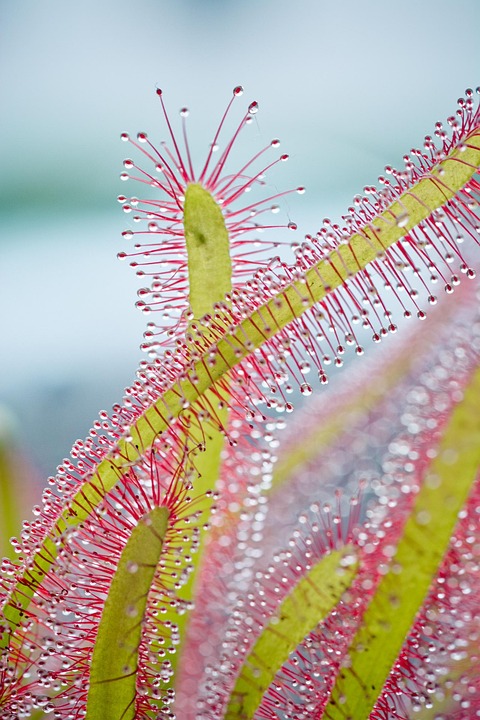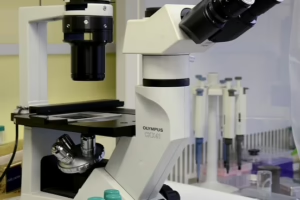The Green Guardians: How Plants Fight Climate Change and Purify Our Air
In an age where climate change looms as one of the most pressing challenges facing humanity, it is vital to recognize the extraordinary role that plants play in mitigating its effects and supporting our planet’s health. Dubbed "The Green Guardians," plants are not just vital components of our ecosystems; they are also powerful allies in the battle against climate change and air pollution. This article explores how plants contribute to carbon sequestration, enhance air quality, and sustain biodiversity.
The Carbon Sequestration Powerhouse
At the heart of the fight against climate change lies the need to reduce greenhouse gases, particularly carbon dioxide (CO2). Plants, through the process of photosynthesis, absorb CO2 from the atmosphere and convert it into oxygen while storing carbon in their biomass. This natural process makes forests, grasslands, and even urban greenery essential in combating climate change.
Forests: The Lungs of the Earth
Forests are often referred to as the “lungs of the Earth” due to their capacity to absorb vast amounts of CO2. According to the Food and Agriculture Organization (FAO), forests account for approximately 80% of the planet’s terrestrial biomass and sequester around 1.1 billion tons of carbon each year. Rainforests, in particular, play a critical role, as they harbor an immense diversity of plant species that work collectively to stabilize the climate.
Urban Greenery: Cities Breathing Easier
In urban environments, trees, parks, and green roofs help offset carbon emissions, which are often higher due to industrial activity and vehicular traffic. Studies have shown that a single mature tree can absorb up to 48 pounds of CO2 annually. This highlights the importance of incorporating green spaces in city planning, as they not only reduce carbon footprints but also provide cooling effects in urban heat islands.
Purifying Our Air
Plants excel at improving air quality in various ways, including filtering pollutants, absorbing harmful toxins, and producing oxygen.
The Natural Air Filters
Plants can absorb major air pollutants like carbon monoxide, sulfur dioxide, and nitrogen dioxide. They also help remove particulates from the air, creating a cleaner atmosphere for humans and wildlife. According to a study conducted by NASA, specific indoor plants, such as the snake plant, spider plant, and peace lily, can effectively filter harmful chemicals like formaldehyde and benzene, commonly found in household products and industrial emissions.
The Role of Plants in Oxygen Production
Moreover, through photosynthesis, plants produce oxygen essential for life. One mature tree can supply enough oxygen for two human beings, emphasizing the importance of planting and maintaining healthy forests and greenery to sustain both ecology and human health.
Supporting Biodiversity and Ecosystem Resilience
Plants also foster biodiversity, providing habitats for numerous species and contributing to overall ecosystem resilience. A diverse range of plant species can help sustain pollinators like bees and butterflies, which are vital for food production. In addition, healthy ecosystems comprising a variety of plant life can better withstand environmental stresses, such as droughts and floods, making them crucial in adapting to changing climate conditions.
The Path Forward: Embracing Greener Practices
In light of these benefits, it is paramount that individuals, communities, and governments take steps to protect and restore plant life. Reforestation efforts, urban greening projects, and sustainable agricultural practices can all enhance the role of plants in combating climate change and purifying our air.
Citizen Initiatives
Individuals can play a significant part, whether by planting trees in their backyards, supporting local urban gardening initiatives, or advocating for greener policies. Additionally, educational programs about the importance of plants and biodiversity can inspire future generations to cherish and protect our planet’s green guardians.
Policy Changes for a Greener Future
On a larger scale, governments should prioritize environmental legislation aimed at preserving forests, protecting natural habitats, and promoting sustainable land use. Investments in green technology and infrastructure—such as maintaining urban parks and incentivizing green roofs—are essential for enhancing air quality and promoting the health of city inhabitants.
Conclusion
As climate change intensifies and air pollution becomes an increasing concern, the vital contributions of plants must not be overlooked. They serve as powerful agents of change, combating climate impacts and purifying the air we breathe. It is essential to embrace our role as stewards of the Earth, recognizing that the survival of our planet is intricately tied to the health and vitality of its plant life. By supporting and nurturing these green guardians, we can collectively work towards a more sustainable and healthier future for all living beings.
For further insights on plants’ roles in climate and air quality, consult [modern_footnote_source_link].


























Add Comment